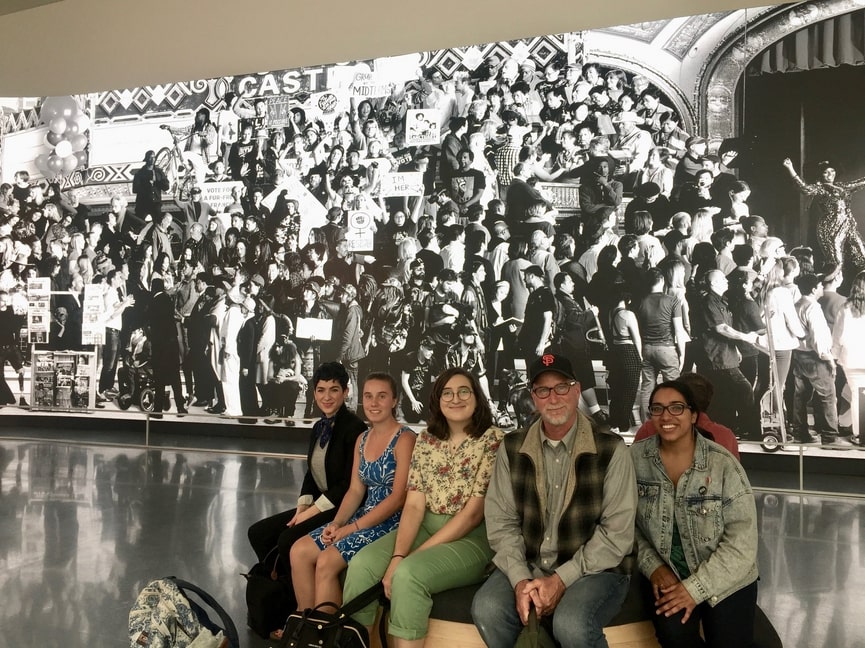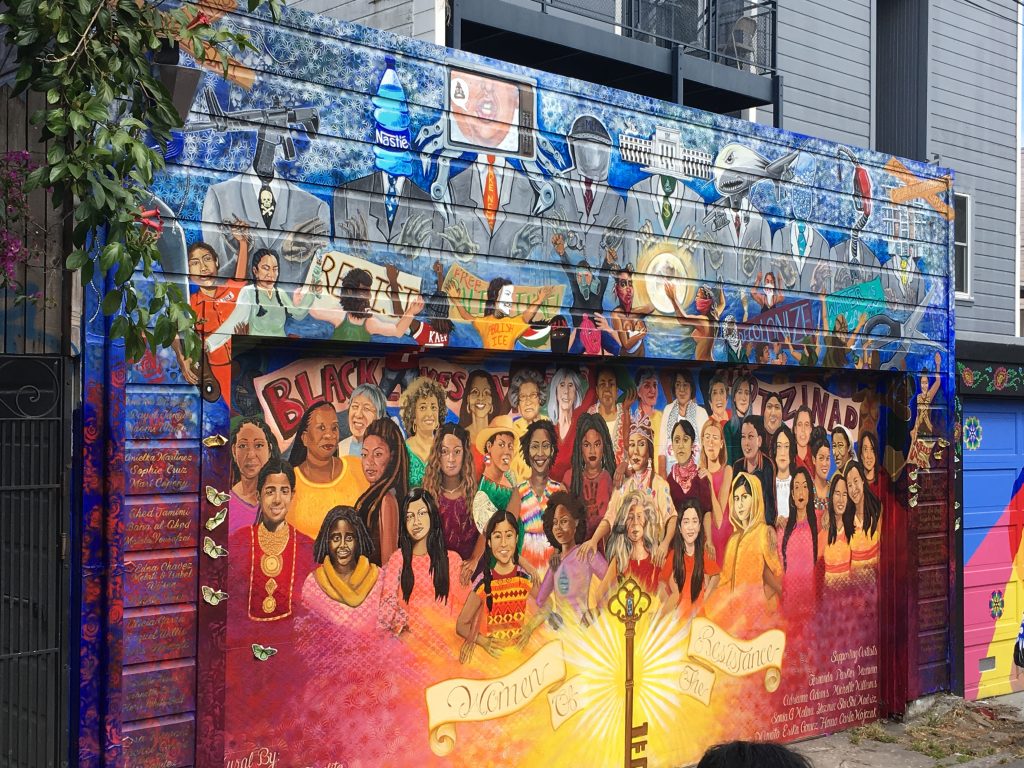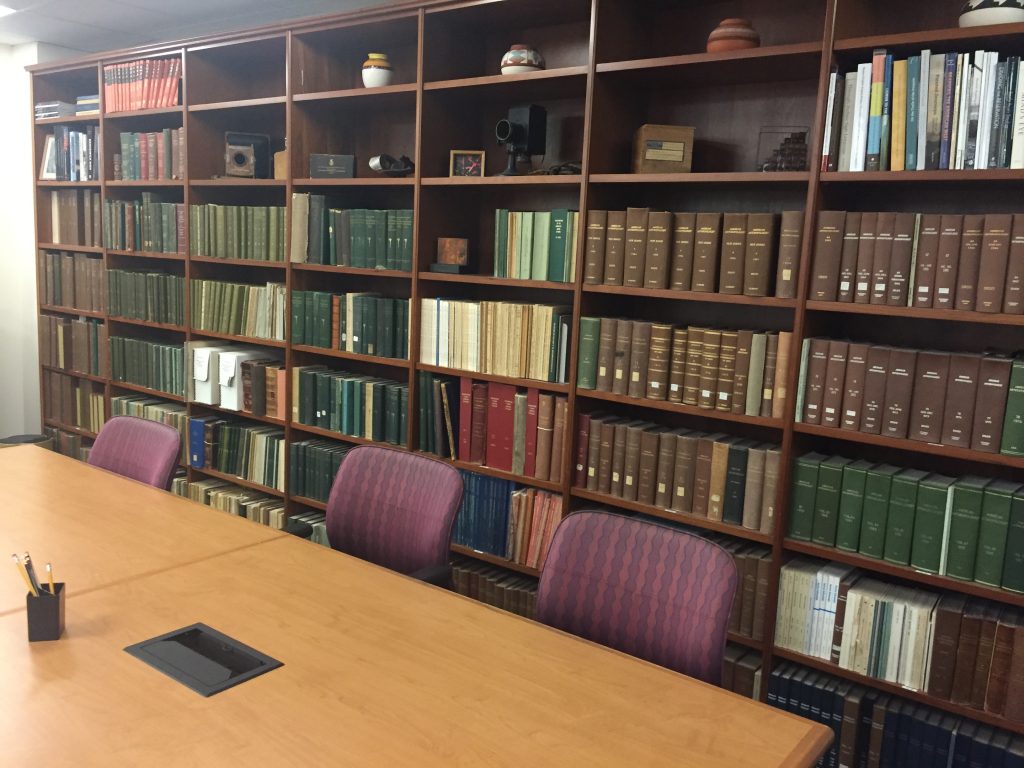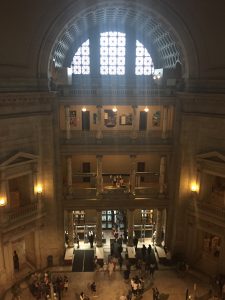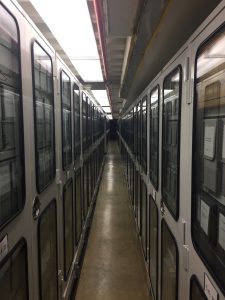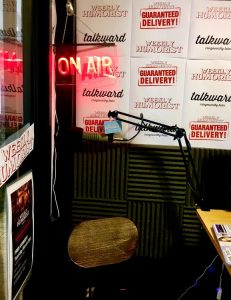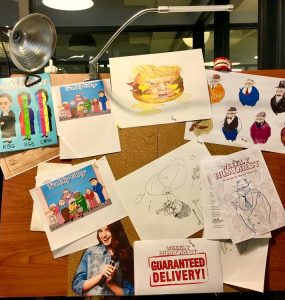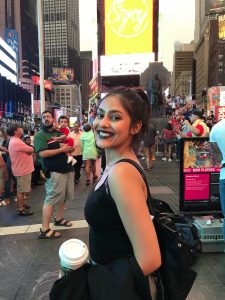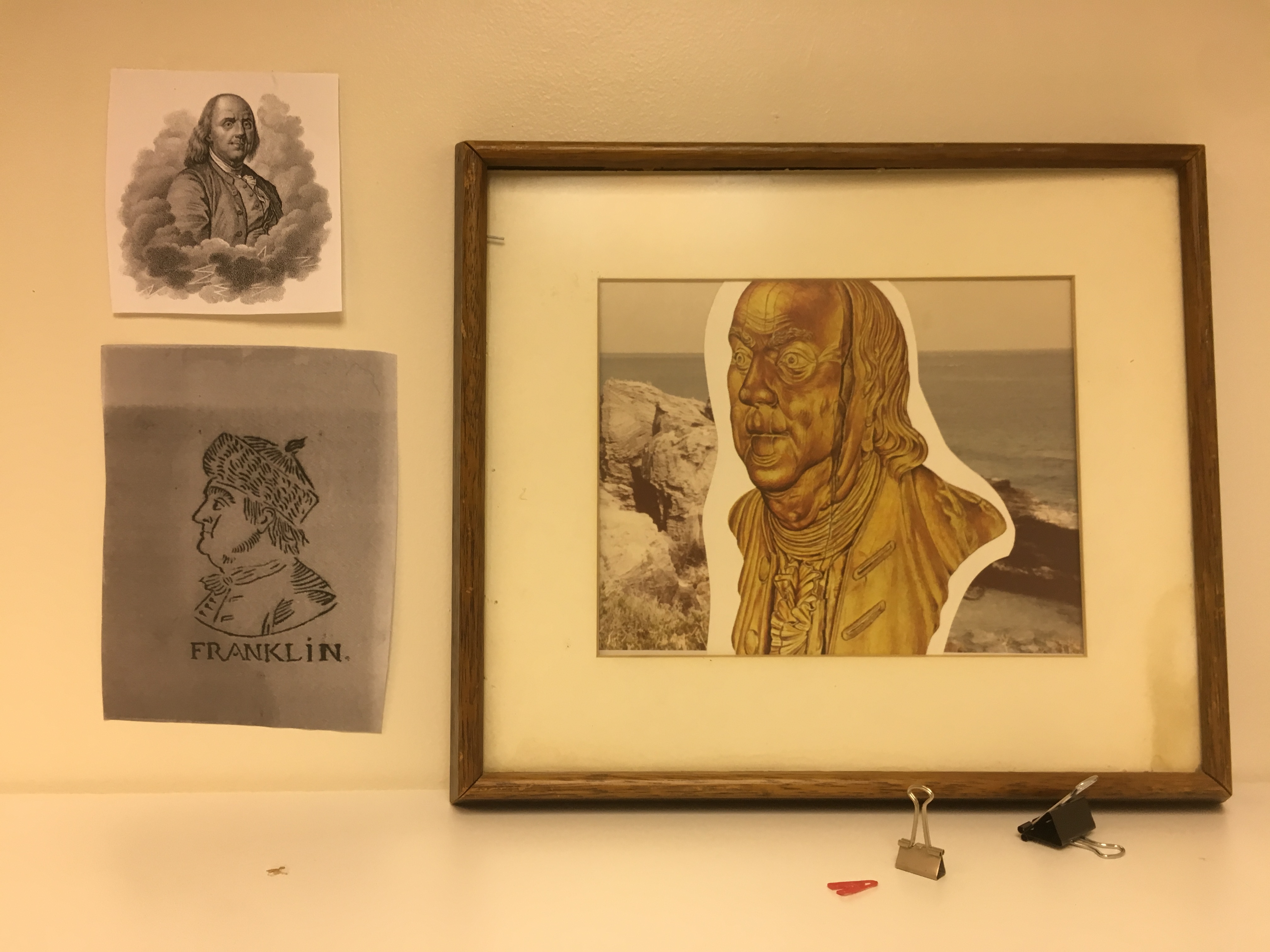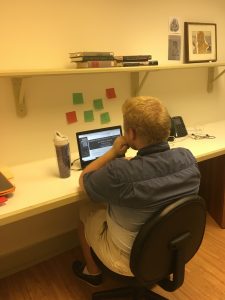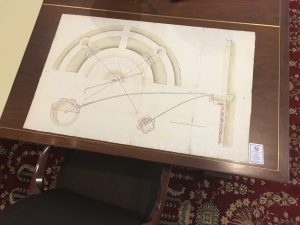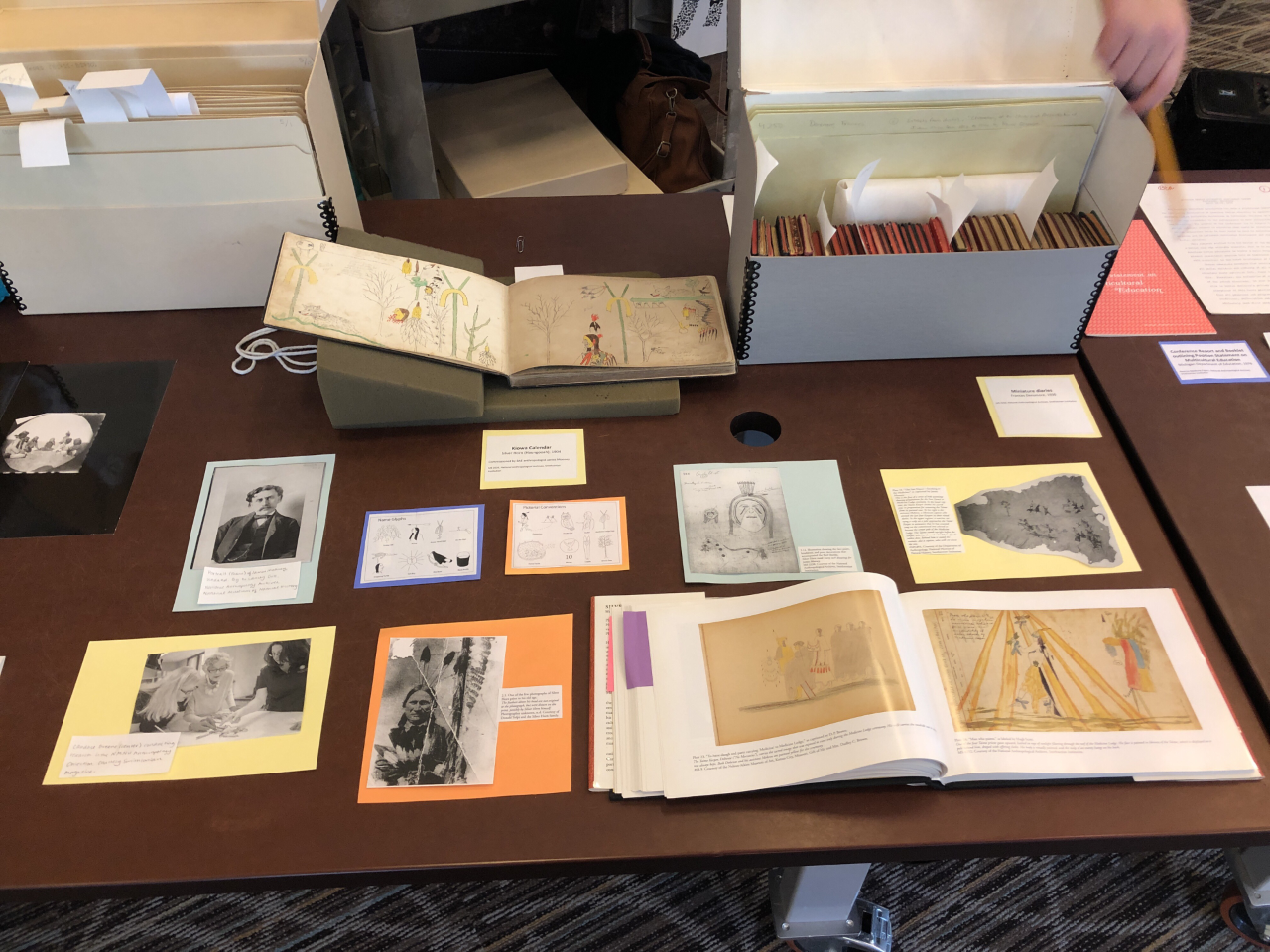Name: Maya Jonsson
Class Year: 2020
Major: Political Science
Hometown: Westfield, N.J.
Internship Organization: GreenFutures, The School District of Philadelphia
Job Title: Research and Outreach Intern
Location: Philadelphia
What’s happening at your internship?
This summer I have been working with GreenFutures, which is the sustainability plan of The School District of Philadelphia. This plan aims to create more sustainable schools and youth who will play a role in creating a more sustainable future. I have had the opportunity to do a variety of work this summer, including writing a GreenFutures newsletter, organizing a science lending library, attending various meetings, and creating a greenscapes guide. The greenscapes guide has been my biggest project, and has entailed researching and designing a resource guide to help Philadelphia schools start their own gardens or other natural, green elements, with information about school policy, maintenance, choosing projects, success stories, and partner organizations.
Why did you apply for this internship?
Along with my political science major, I also have a minor in education, so I initially was really excited about the prospect of working in the School District of Philadelphia and learning more about how school bureaucracy works. Additionally, as I read through the GreenFuture’s website, I realized that so much of this sustainability work — creating greenscapes, reducing energy and consumption, and teaching for sustainability — were all about creating equitable schools and futures. As someone studying policy and education, I was interested in what it looks like to tackle equity from a different angle than I am used to.
What has been your favorite part of this internship?
One of my favorite parts of this internship has been interviewing people. A lot of my conversations have been for the greenscapes guide, which has included interviewing teachers who have done gardening with their students. This has been really interesting because I get to hear about what works and doesn’t work in school gardens, what challenges teachers face in integrating them into the curriculum, how gardening can be tied to different subjects, and what students learn. Since I want to be a teacher, I have loved speaking to people who do this work, and it has gotten me really excited about potentially being part of a school garden in the future. Additionally, I have been speaking with partner organizations, such as the Pennsylvania Horticultural Society, The Food Trust, and the Philadelphia Orchard Project, and I have really enjoyed learning about the different groups in Philadelphia doing work with youth and gardening in a variety of ways.
What is something you have learned from your internship that you didn’t expect?
Early on in my internship I had the opportunity to attend an event with PHENND on Education for Sustainability, which GreenFutures helped to host at the School District of Philadelphia headquarters. During this event, Jamie Cloud, founder of the Cloud Institute, came and spoke to all the attendees about education for sustainability, which, as I learned, is different than education about sustainability, and it includes all academic subjects, as well as ways of teaching that are place based and student centered. I had come into my internship thinking that education for sustainability (EfS) was really just environmental science, which is not something I am personally well versed in, but I learned that it is so much more than that. I want to teach middle school social studies after I graduate, and this internship has gotten me really excited about figuring out how I can integrate EfS benchmarks and practices into my own teaching one day, since I believe this work is vital for the future of our planet and our people.

